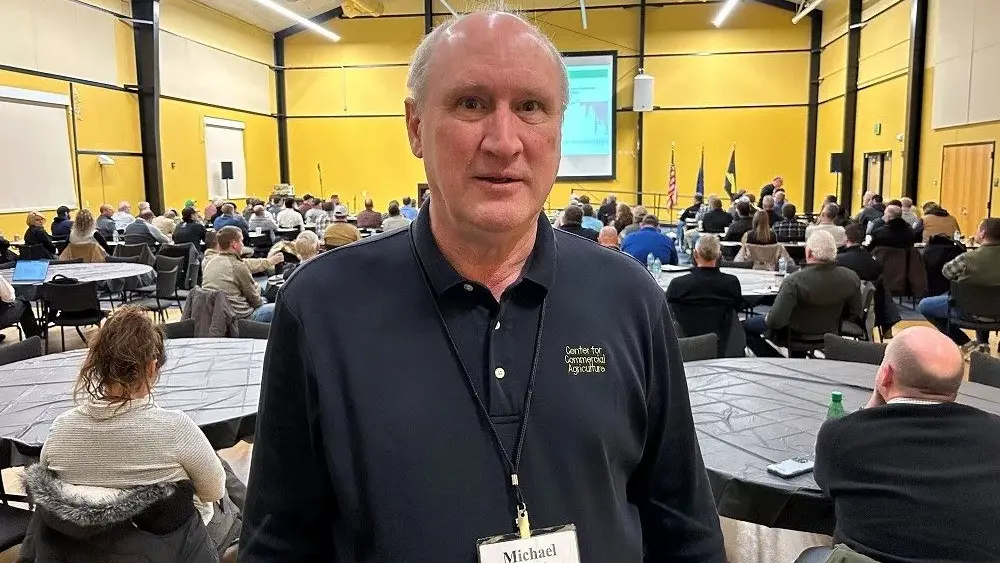
For nearly four decades, Michigan State University’s Dr. Amy Iezzoni has been the only tart cherry breeder in the U.S. She always had a passion for fruit breeding but came to tart cherries by way of peaches.
“I got a degree in plant breeding and genetics,” she said. “The improvements in fruit breeding that the consumers get to enjoy is way behind what’s in other crops because they’re more difficult to breed with a long generation time, etc. I thought I could really make a difference because there really hasn’t been much breeding at all in tart cherries.”
She was greatly impacted by the quality differences of what’s genetically possible in breeding and what the consumer can have access too. The biggest challenge Iezzoni faced in her career was that different tart cherry germ plasms were outside U.S. borders.
“Tart cherries evolved in Eastern Europe and Russia, and when I began, those areas were behind the Iron Curtain,” said Iezzoni. “I had to spend my first 10 years simply trying to build the breeding program with the genetic diversity needed.”
While in those areas, she noticed the per capita consumption of tart cherries was 11 times higher than the U.S. That’s because of that genetic diversity. Iezzoni wanted to boost consumption in the U.S.
“I felt that if I could increase the diversity of tart cherry products in the U.S., it may translate to a higher per capita consumption in the U.S., which would help the industry and consumers alike,” she said.
Iezzoni then brought back a type of Hungarian cherry, resulting in more products.
“When you have a diversity of varieties, you can have a diversity of products—not to take market share away from Montmorency—but increase the visibility of tart cherries in the diet,” she said.
Being the only tart cherry breeder in the U.S., Iezzoni had to become self-reliant.
“For many years, I had to solve it myself because there was nobody else working on things,” said Iezzoni. “Now there’s a larger, more networked community because we’re always talking around the globe—that makes it easier. Genetic advancements have been astronomical.”
Iezzoni said she gets excited when she goes to orchards to see the fruits of her labor. She remains optimistic there will be more products and access to dried tart cherries over time.





